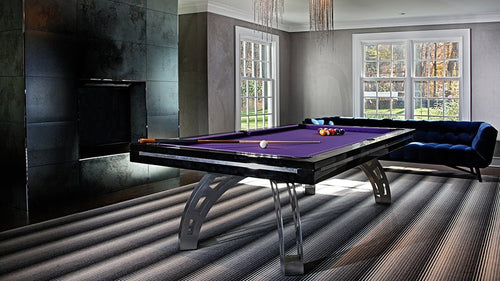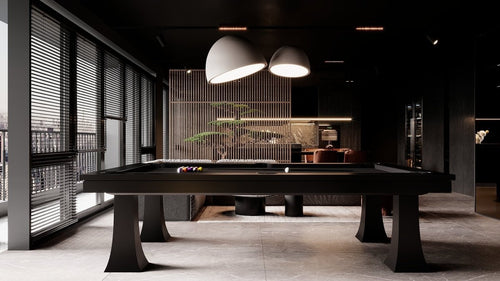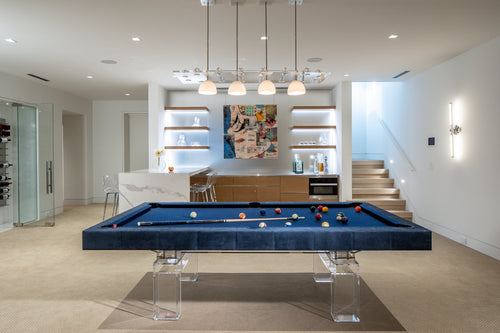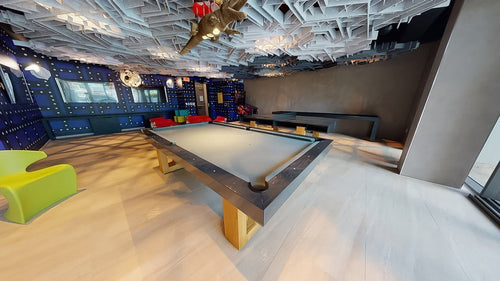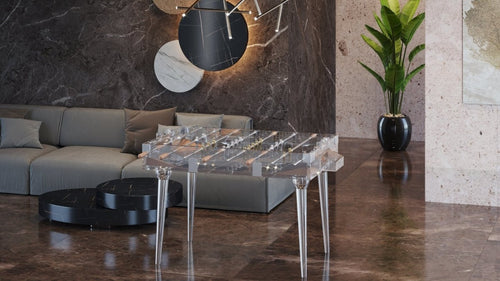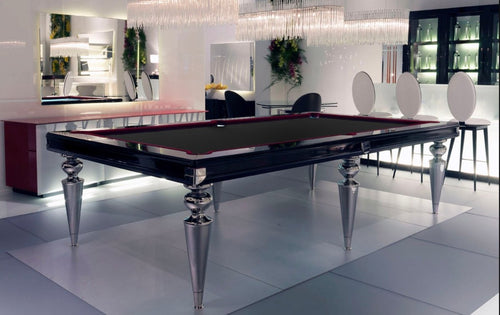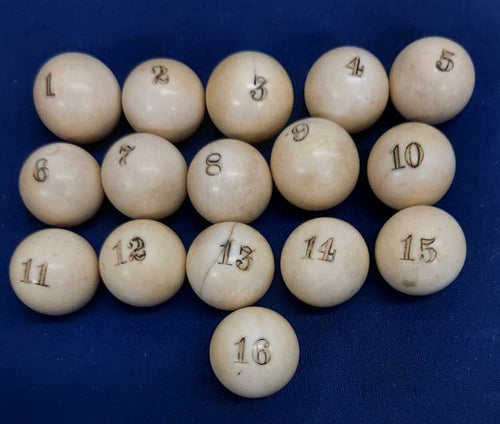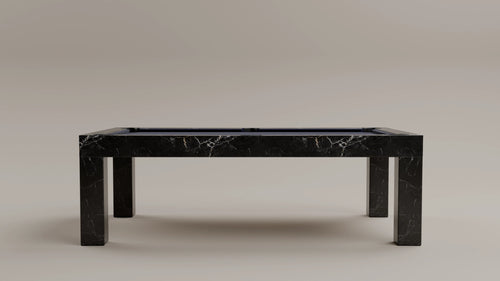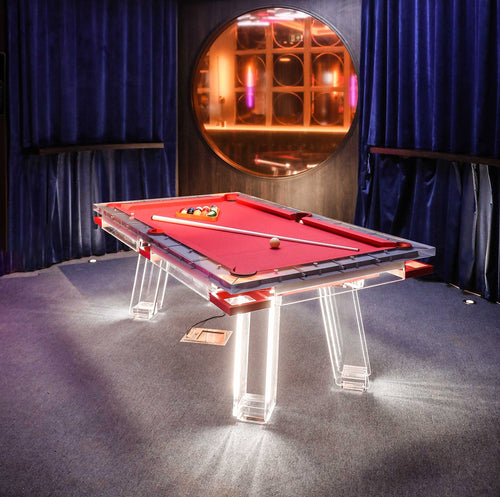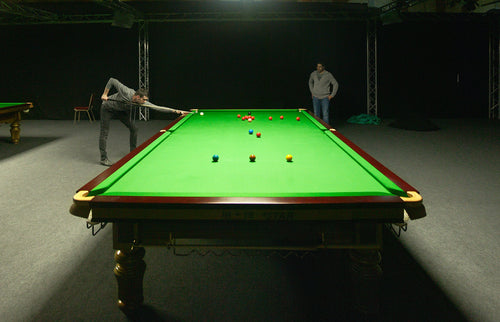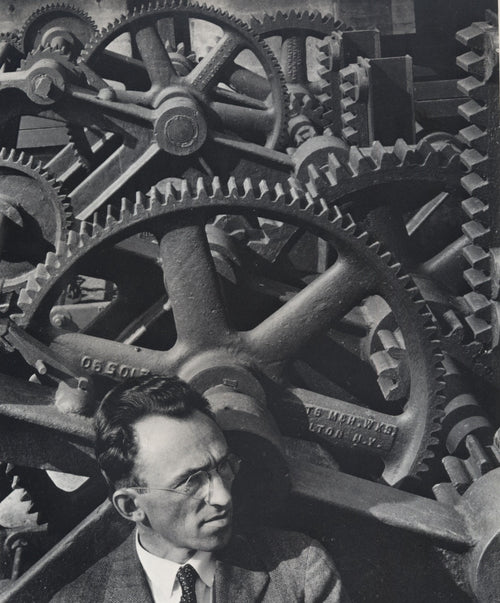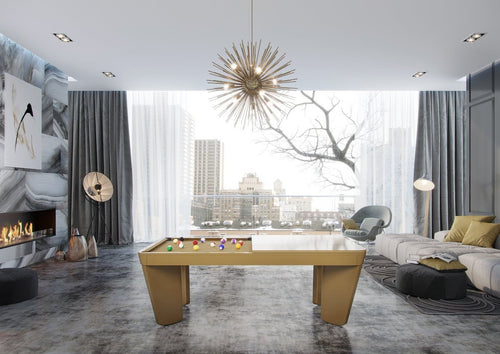Enjoy our modern designs
Estimated Read Time: 6 mins |
Richard Norman Shaw (1831–1912) was a leading architect who helped define the character of English Victorian design, blending Gothic Revival roots, Queen Anne charm, and grand Classicism into an influential, uniquely British legacy.
Early Work: Gothic Revival
Shaw's early career was rooted in the Gothic Revival tradition. His churches adhered so closely to medieval design principles that they were described as "virtually indistinguishable from medieval buildings." For country houses, his Gothic Revival work often combined half-timber and masonry, a style commonly referred to as "Old English."
Queen Anne Revival: Asymmetry and Charm
By around 1870, Shaw had moved beyond strict Gothicism and developed what became known as the Queen Anne Revival style. This style, though sharing a name, had little in common with the original Queen Anne architecture of the early 18th century. Shaw’s Queen Anne houses—both in the countryside and in London—featured:
- Asymmetrical and irregular exteriors
- Rich red brick with white-painted wood trim
- Large multi-paned windows and bay windows
The interiors were equally distinctive. Shaw emphasized comfort and domestic charm with spaces broken into nooks and bays, filled with decorative detail and layered textures. Interiors typically included framed art, ornate Victorian furniture, and personal objects. A drawing room at Swan House in Chelsea (photographed in 1884) reveals the hallmark Queen Anne Revival features, including Queen Anne chairs, a Georgian spinning wheel, and wallpaper by William Morris. While Morris’s influence appeared in the space, Shaw reportedly preferred patterns "of the simplest kind, quite unobtrusive."
Later Work: Classicism and Eclecticism
Later in his career, Shaw transitioned toward Classicism and Eclecticism, reflecting broader shifts in taste as the Arts and Crafts movement declined and Beaux-Arts classicism rose.
- Bryanston, one of Shaw’s grandest mansions, drew inspiration from both Sir Christopher Wren and French château architecture, with heavy classical interiors.
- Chesters embraced monumental classicism, including a large Ionic portico and symmetrical planning, though the interiors were noted more for scale than for detail.
- The Piccadilly Hotel in London mixed Dutch Baroque details with Ionic columns, forming a bold and massive presence.
- Cragside, another of Shaw's signature works, was lavishly ornamented and became the first house in England lit entirely by electricity, demonstrating Shaw’s interest in technical innovation.
Legacy and Broader Context
- A foundation in Gothic Revival, especially for ecclesiastical projects
- A pivot to a distinctively English Queen Anne Revival that favored comfort, asymmetry, and decorative charm
- A gradual move toward Classicism and eclectic historical styles, paralleling the fading of the Arts and Crafts movement
- A role as a technical pioneer, using modern materials and technologies
- A clear independence from major movements like Arts and Crafts, even when his interiors occasionally featured elements associated with them
Overall, Shaw is portrayed in the sources as a versatile and influential architect who helped define the character of Victorian domestic architecture while also foreshadowing the stylistic complexities of the early 20th century.



